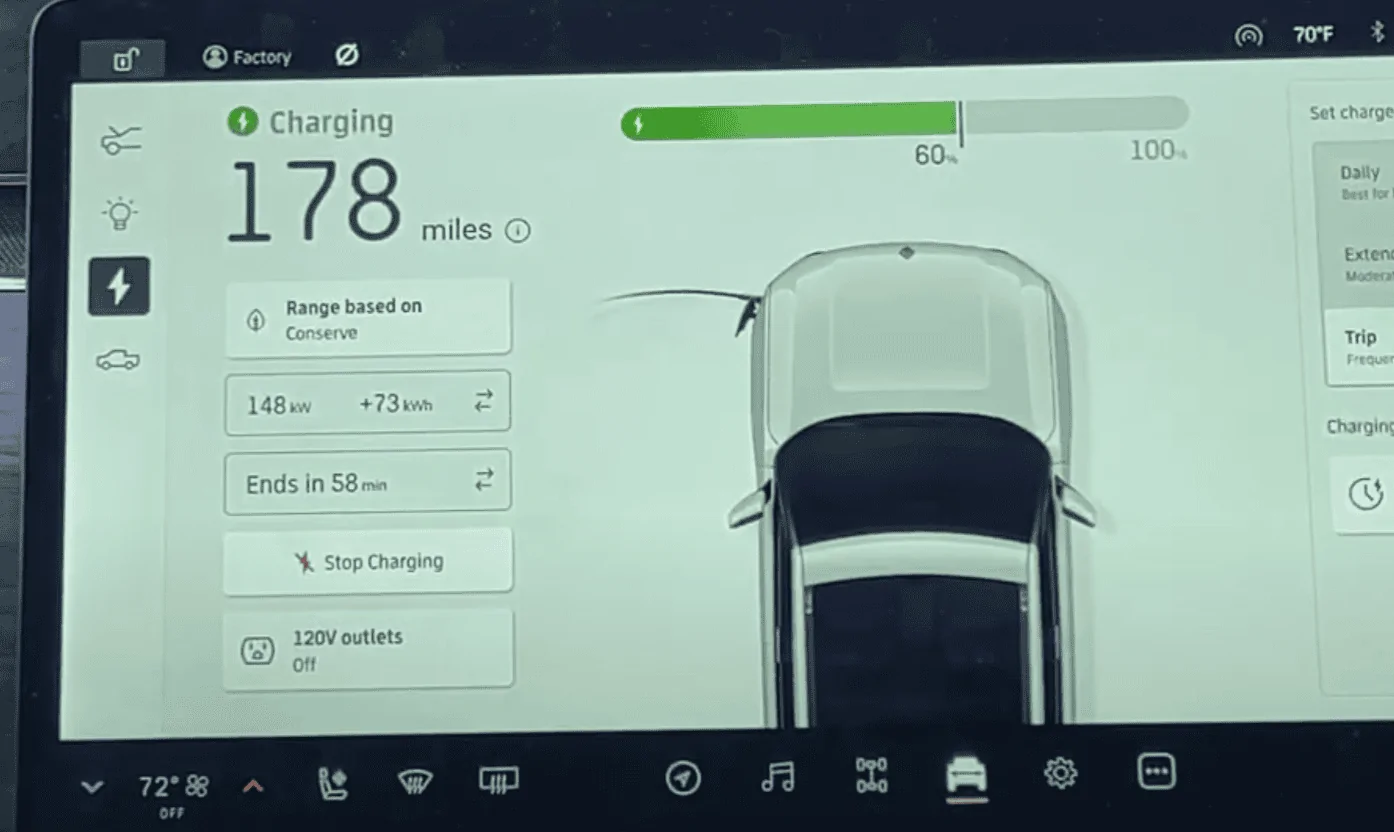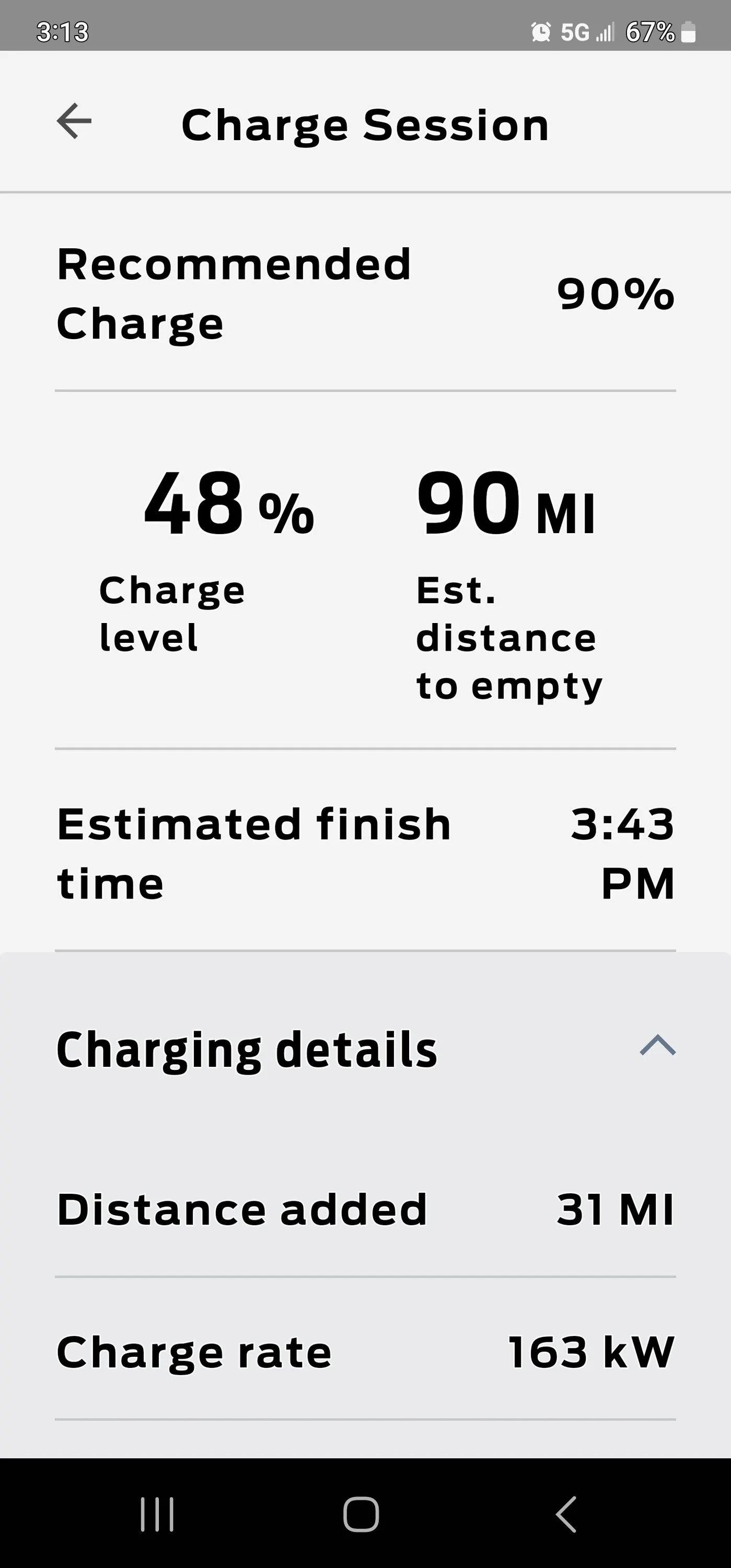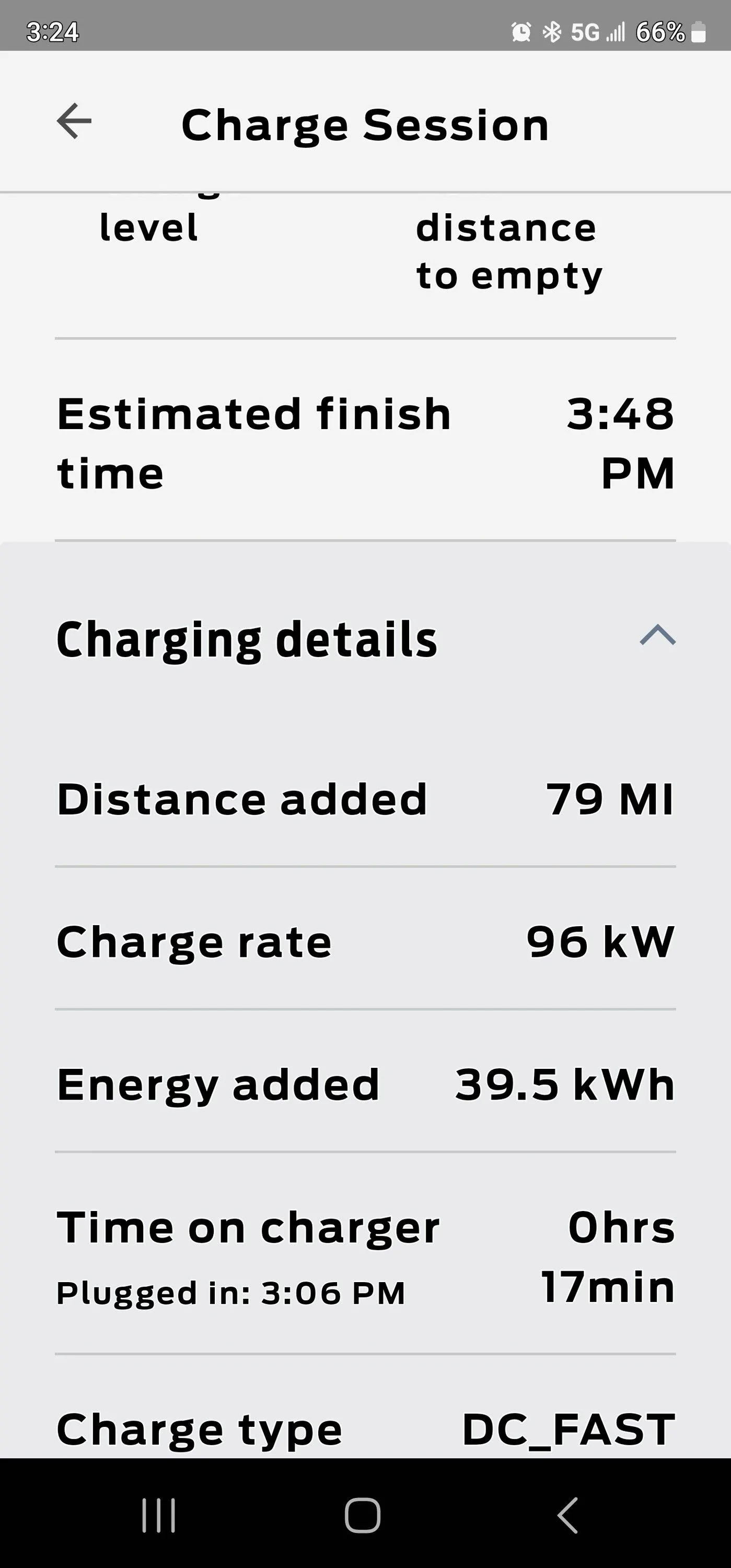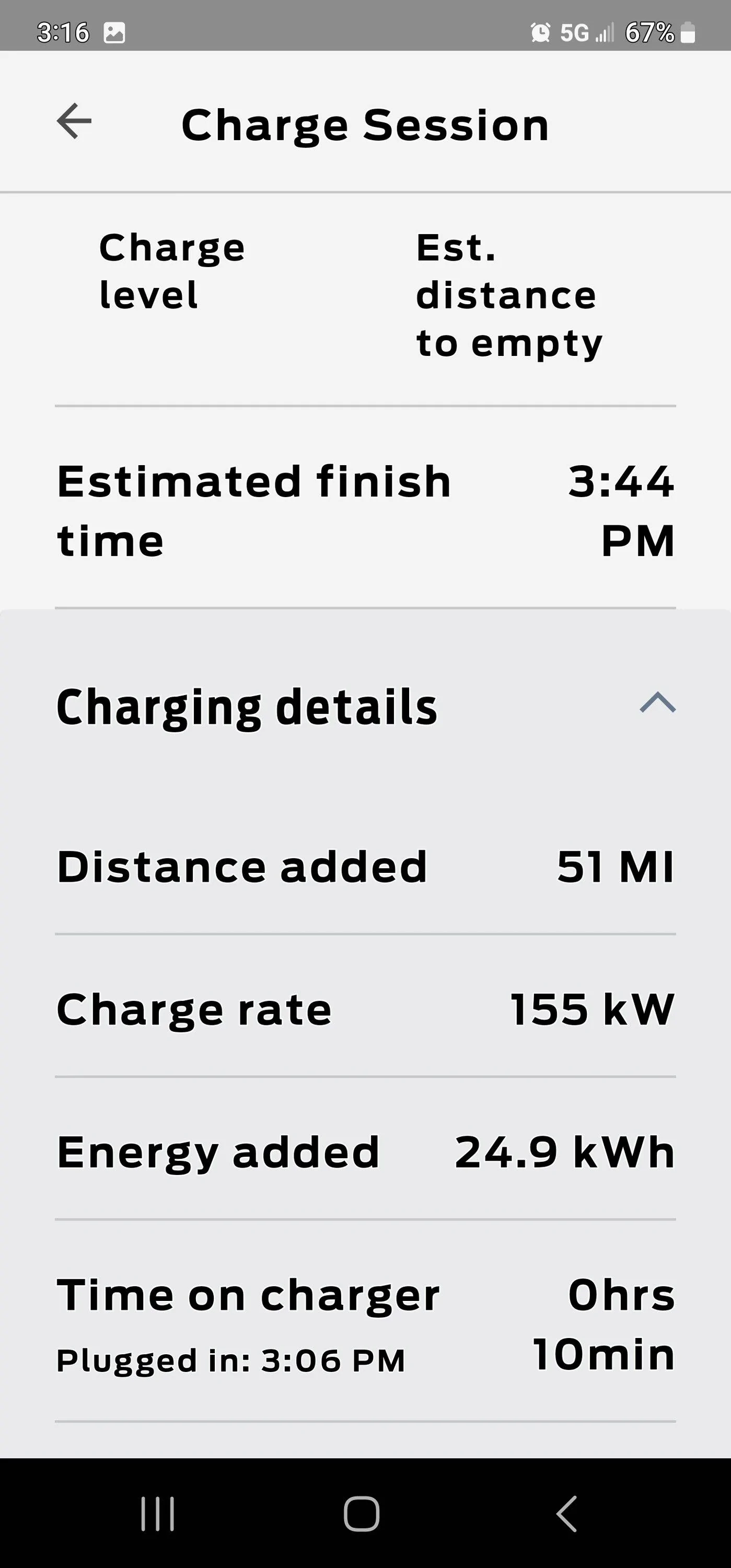adoublee
Well-known member
So Kyle has published his Rivian charge video with real and "theoretical" charge curves.They are behind b/c Ford has stated they will only max out at 150kW, unless they are withholding information. No reason to do so. Rivian has stated their max is 210kW.
Rivian already pushed out a software update last week to improve charge curve.
On the latest Software it will hold (at least) 150kW charge until ~60% (vs dropping ~25% on TFL video).
This is a still from Out of Specs livestream where he is charging the car on a charger that will only max out at 150kW (the charger is limited, not the Truck).
It held 150kW from 0-60%

It is true that Rivian can spend some time at about 200kW if you are able to find a DCFC capable of 450A through the cord and when the pack voltage rises up from empty (170kW at 1% SOC).
However it appears Ford still has plenty of opportunity to outshine Rivian on thermals and provide a better driver experience. First Rivian is "behind" with no pre-conditioning the battery for fast charging (Ford might be out of the gate too, TBD). We do know that Ford at least has a battery temperature gauge that Rivian doesn't have. Vehicle SOC reading is not stable (might not be properly temperature compensated). Major thermal limits under 50% SOC (potentially undersized cooling). Power nosedive starts at 53% SOC (down to 145kW at 59% SOC, 119kW at 70%SOC, 51kW at 89% SOC).
If Ford can keep 150kW at higher SOC (well above 59%), the driver does not need to disconnect as early and operate as close to zero as they move between DCFCs. I'm hoping the higher capacity of max tow will provide innovation in this regard. To early to say they are behind Rivian.
Sponsored





